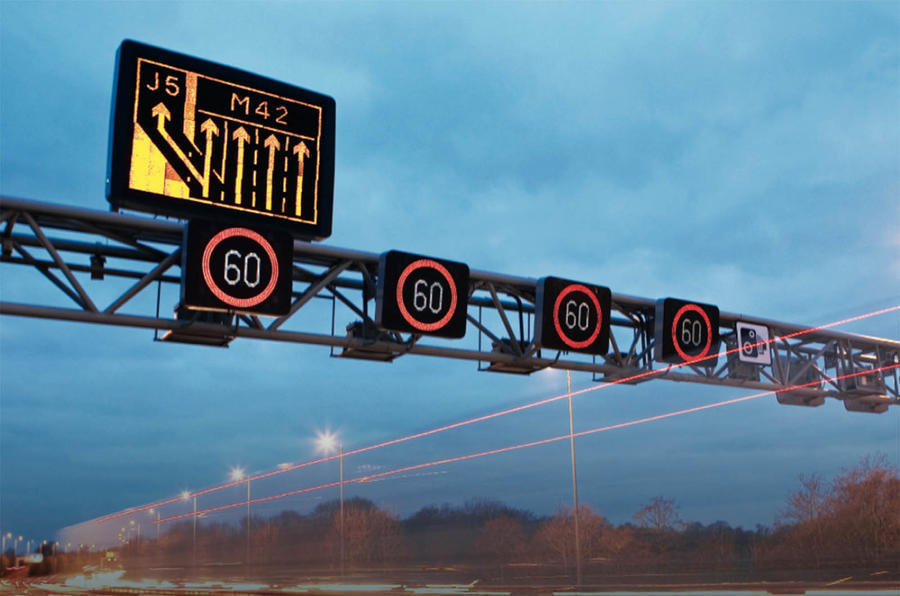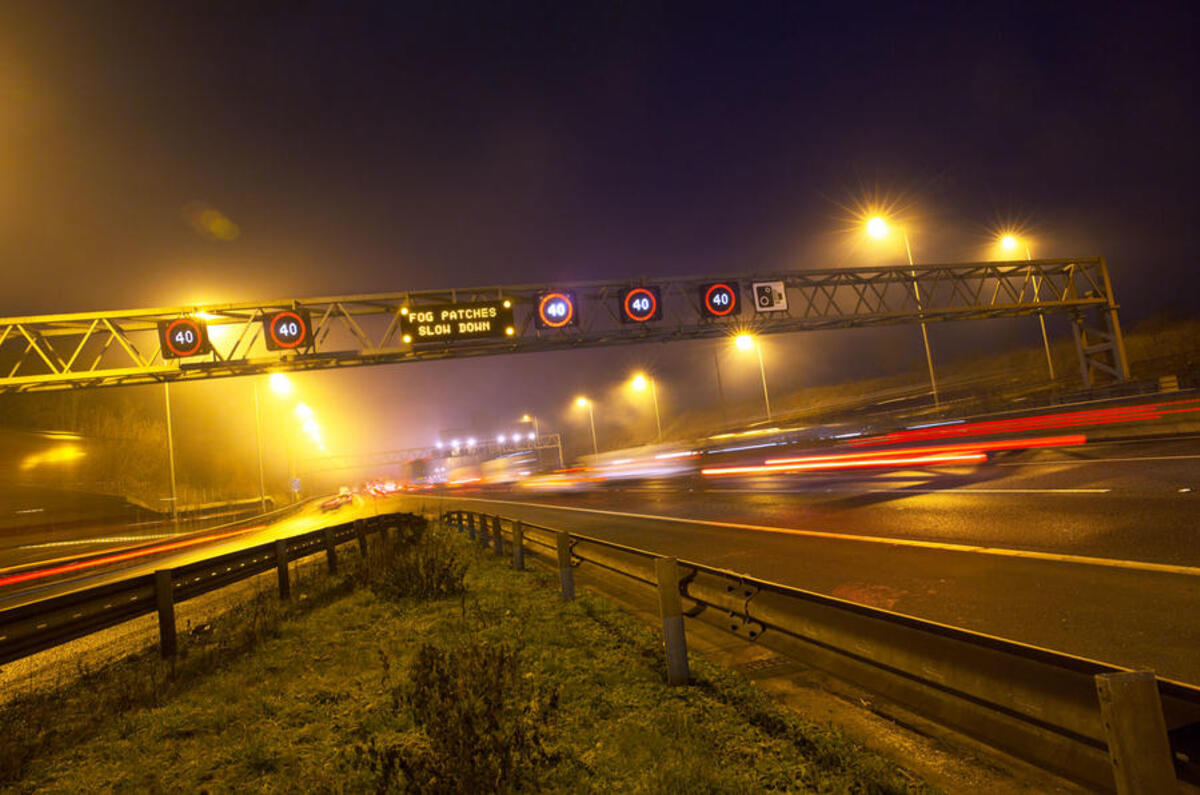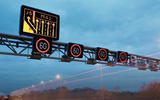Eighteen measures to improve safety on smart motorways, including the removal of dynamic hard shoulders, have been announced in a government review of the controversial concept.
Transport secretary Grant Shapps launched the review in January in response to widespread concerns – particularly over the removal of the hard shoulder, which means broken-down vehicles that can't reach a refuge area are forced to remain in live lanes with no protection against oncoming traffic.
The report reveals that an average of 11 people died each year between 2015 and 2018 in such circumstances. Shapps announced a “commitment” to rescue stranded motorists within 10 minutes of their vehicles stopping, admitting that he has been “greatly concerned” by the number of deaths.
The action plan measures include abolishing the “confusing” dynamic hard shoulder smart motorways, where a part-time hard shoulder can become a live-running lane, to make them permanent live lanes.
Stopped vehicle detection technology deployment will be “substantially” accelerated, with a plan to install it across the entire smart motorway network within the next 36 months.
Highways England traffic officer patrols will be increased where refuge area spacing is longer than one mile to achieve the target of reducing the emergency response time from 17 minutes to 10 minutes.
Maximum spacing between refuge areas will be set at one mile or, “where feasible”, three quarters of a mile. Ten additional emergency areas will be installed on the M25 and the Department for Transport (DfT) will be “considering” a national programme to install more emergency areas where places to stop are more than one mile apart.
Specific areas where there have been clusters of incidents - the M6 Bromford viaduct and on the M1 at Luton, Sheffield and Wakefield - will be investigated to see if changes are likely to make a difference.
Improvements will be made to increase awareness of the smart motorway system, including investing an extra £5 million on campaigns to communicate with drivers, efforts to make emergency areas more visible, extra training for recovery firms and increasing the number of traffic signs.
The DfT will also work with sat-nav providers to ensure emergency areas are clearly displayed on-screen.
Finally, the DfT has changed the law to enable automatic detection of motorists who ignore the red X sign that signifies a closed lane. More HADECS cameras will be installed, expanding on an existing upgrade plan, to boost enforcement of violations, which carry a £100 fine and three penalty points.











Join the debate
Add your comment
Driver training
It would help a lot if drivers were better trained e.g. to look further ahead than the end of their bonnet.
But for some reason the powers that be appear to think this would be thought onerous, otherwise they would surely have implemented it.
Breaking down in lanes
Recently saw a car being refueled in lane 1 of the M4, sometimes you simply can't get to a refuge but may be able to coast to a hard shoulder. BTW caused a big tailback which wouldn't have happened if it was clear of the carriageway.
The smart motorways are a